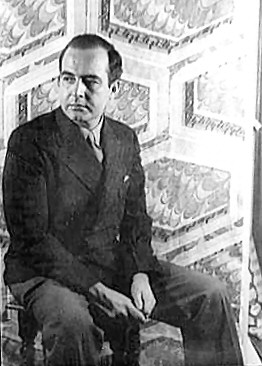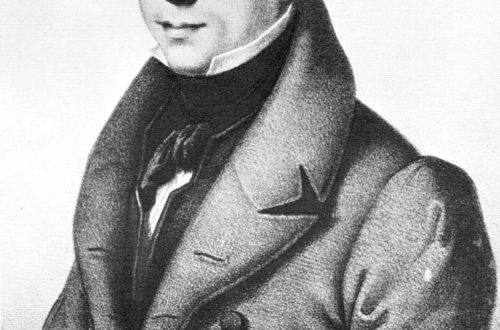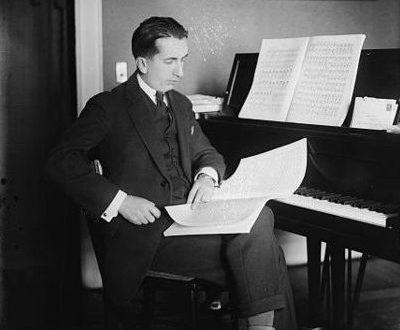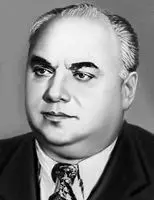
Samuel Barber |
Contents
Samuel Barber
In 1924-28 he studied with I. A. Vengerova (piano), R. Scalero (composition), F. Reiner (conducting), E. de Gogorz (singing) at the Curtis Institute of Music in Philadelphia, where he later taught instrumentation and choral conducting (1939-42). For some time he performed as a singer (baritone) and conductor of his own works in European cities, including at festivals (Hereford, 1946). Barber is the author of numerous works of various genres. In his early piano compositions, the influence of the romantics and S. V. Rachmaninoff is manifested, in orchestral ones – by R. Strauss. Later, he adopted elements of the innovative style of the young B. Bartok, early I. F. Stravinsky and S. S. Prokofiev. Barber’s mature style is characterized by a combination of romantic tendencies with neoclassical features.
Barber’s best works are distinguished by mastery of form and richness of texture; orchestral works – with brilliant instrumentation technique (performed by A. Toscanini, A. Kusevitsky and other major conductors), piano works – with pianistic presentation, vocal – with immediacy of figurative embodiment, expressive chant and musical recitation.
Among Barber’s early compositions, the most significant are: the 1st symphony, Adagio for string orchestra (arrangement of the 2nd movement of the 1st string quartet), sonata for piano, concerto for violin and orchestra.
Popular is the lyrical-dramatic opera Vanessa based on a traditional love story (one of the few American operas staged at the Metropolitan Opera, New York, 1958). Her music is marked by psychologism, melodiousness, reveals a certain closeness to the work of the “verists”, on the one hand, and the late operas of R. Strauss, on the other.
Compositions:
operas — Vanessa (1958) and Antony and Cleopatra (1966), chamber opera Bridge Party (A Hand of bridge, Spoleto, 1959); ballets – “The Serpent’s Heart” (The serpent heart, 1946, 2nd edition 1947; based on it – the orchestral suite “Medea”, 1947), “Blue Rose” (A blue rose, 1957, not post.); for voice and orchestra – “Andromache’s farewell” (Andromache’s farewell, 1962), “The lovers” (The lovers, after P. Neruda, 1971); for orchestra – 2 symphonies (1st, 1936, 2nd edition – 1943; 2nd, 1944, new edition – 1947), overture to the play “School of Scandal” by R. Sheridan (1932), “Festive Toccata” ( Toccata festiva, 1960), “Fadograph from a yestern scene” (Fadograph from a yestern scene, after J. Joyce, 1971), concerts with orchestra – for piano (1962), for violin (1939), 2 for cello (1946, 1960), ballet suite “Souvenirs” (Souvenirs, 1953); chamber compositions – Capricorn Concerto for flute, oboe and trumpet with string orchestra (1944), 2 string quartets (1936, 1948), “Summer music” (Summer music, for woodwind quintet), sonatas (for the sonata for cello and piano, as well as “Music for a scene from Shelley” – Music for a scene from Shelley, 1933, American Rome Prize 1935); choirs, cycles of songs on the next. J. Joyce and R. Rilke, cantata Kierkegaard’s Prayers (Prayers of Kjerkegaard, 1954).
References: Brother N., Samuel Barber, NY, 1954.
V. Yu. Delson





